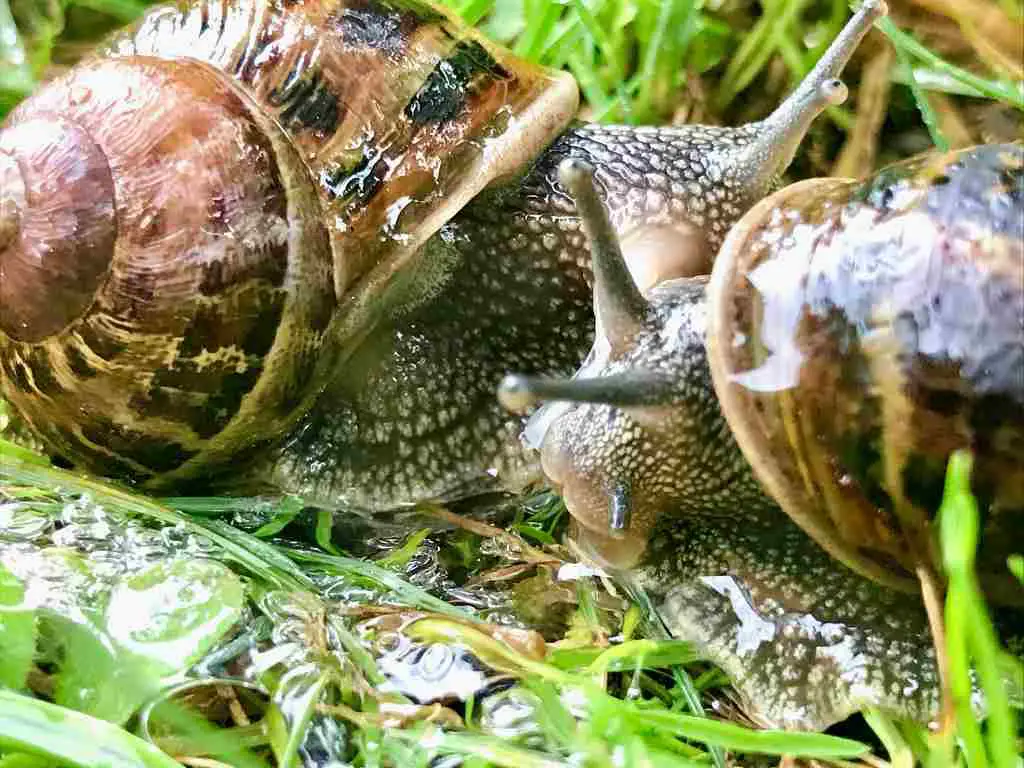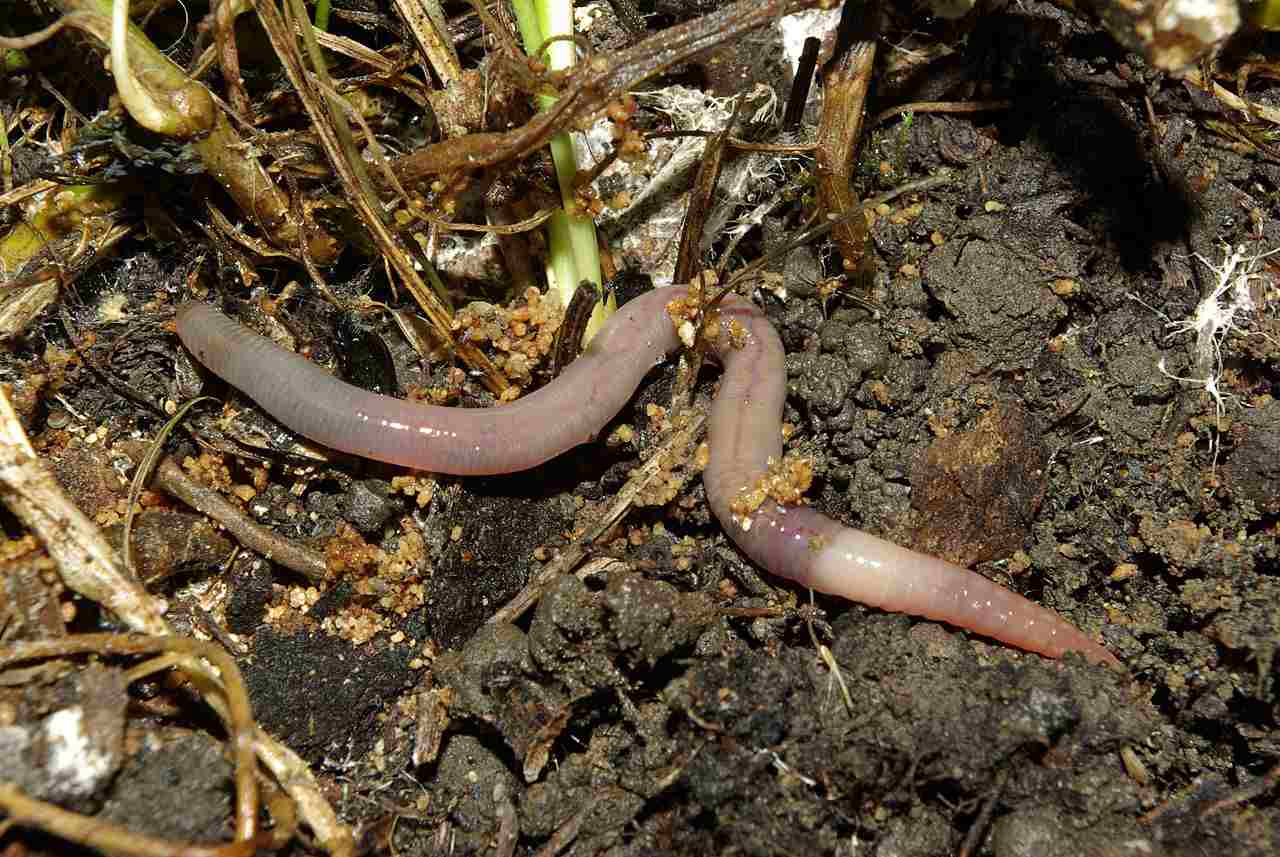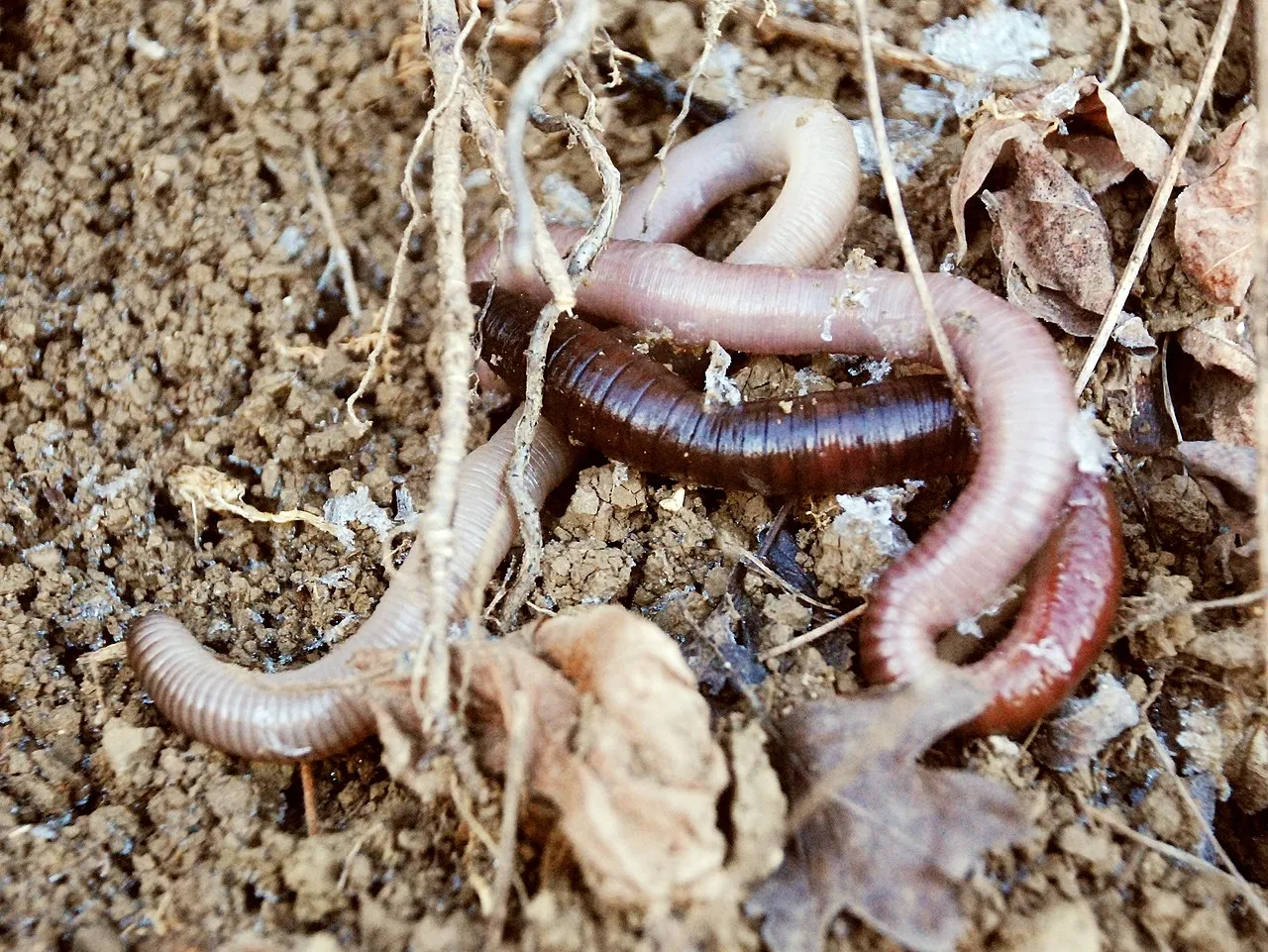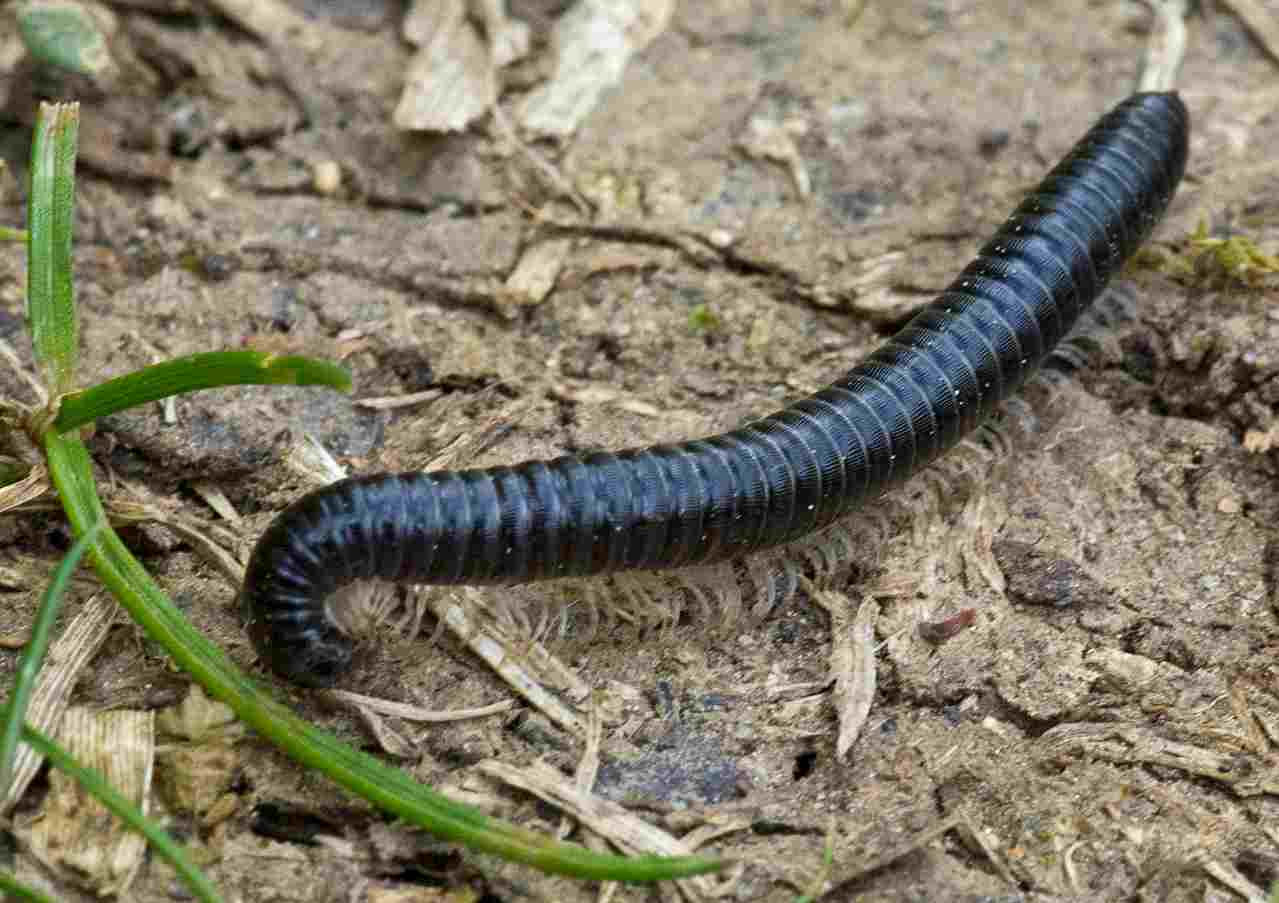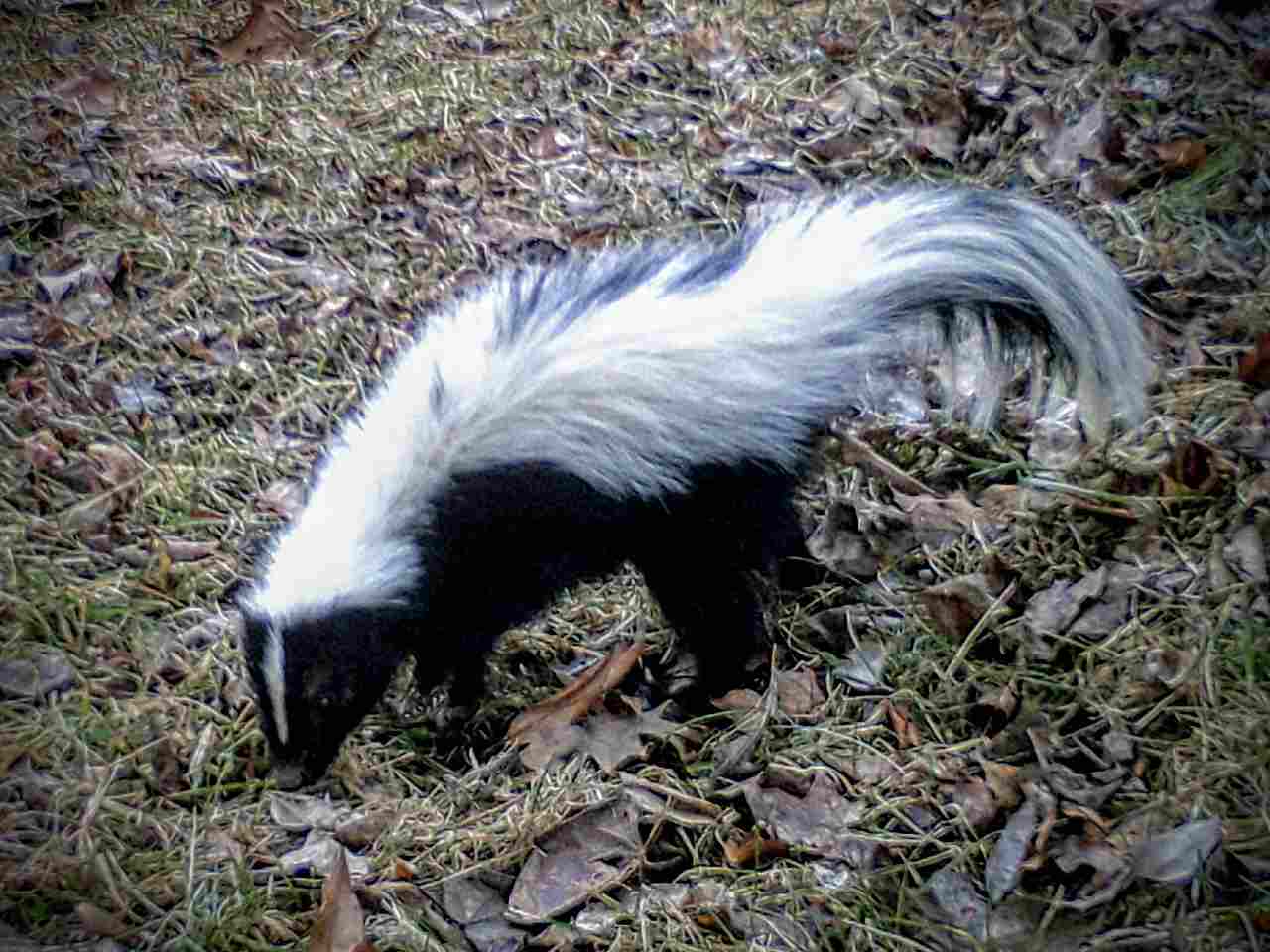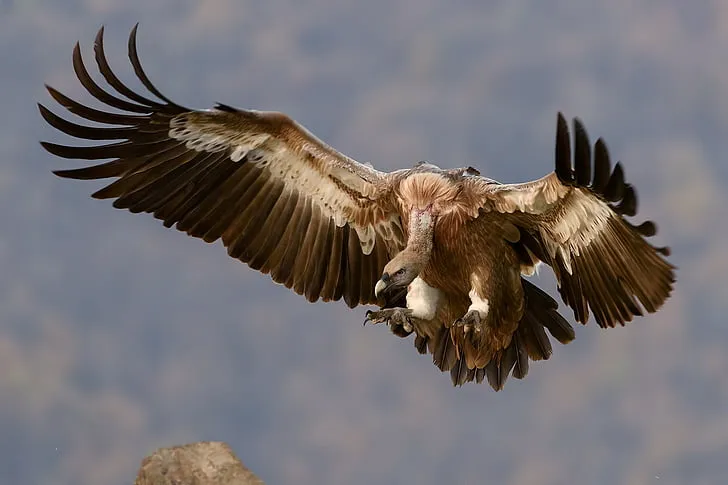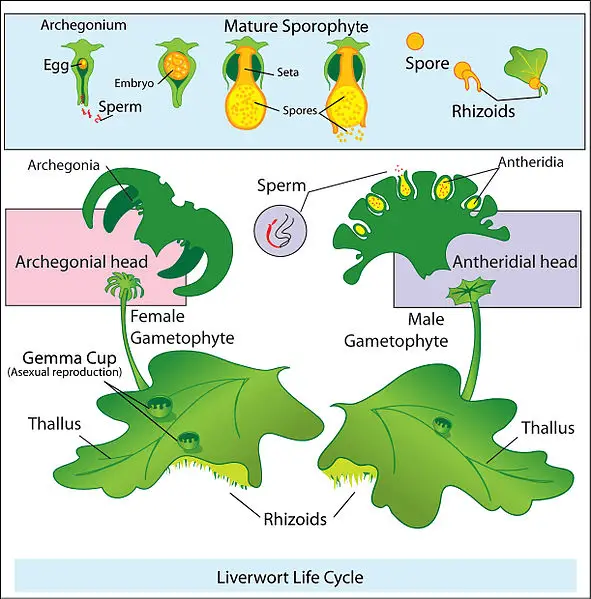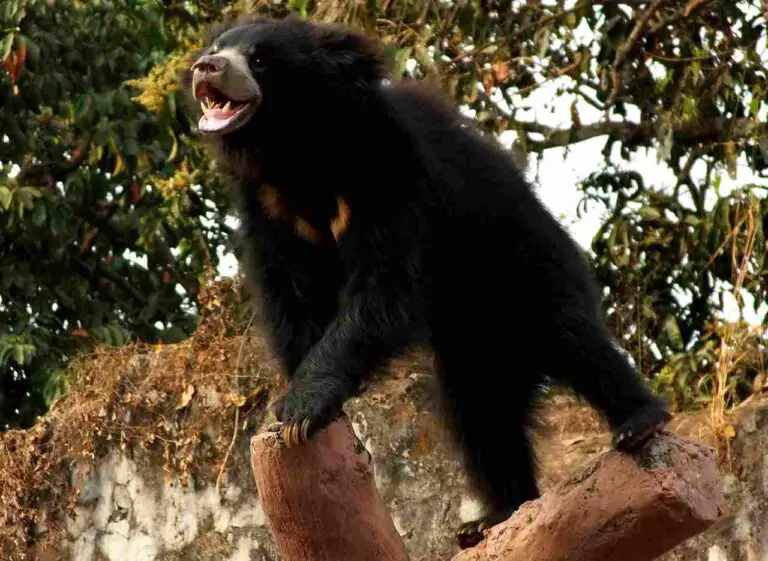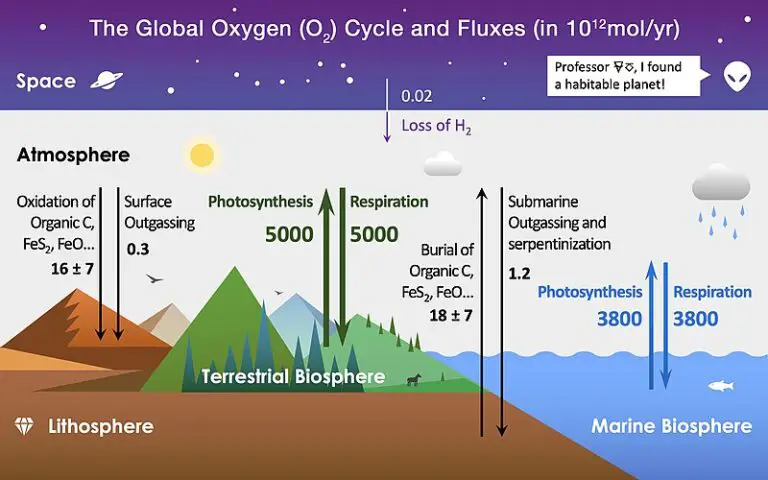17 Detritivores In The Taiga Ecosystem And Their Characteristics
Examples of detritivores in taiga ecosystems are woodlice, millipedes, springtails, earthworms, and dung beetles. These organisms play essential roles in decomposing organic matter, recycling nutrients, and maintaining soil health. By breaking down plant material, animal waste, and other organic debris, they contribute to the taiga’s resilience and support the overall functioning of the ecosystem.
1. Woodlouse (Isopoda)
Woodlice, members of the order Isopoda, are common detritivores found in taiga ecosystems. These small crustaceans, often known as pillbugs or sowbugs, thrive in damp environments where they consume decomposing plant material, helping to break down organic matter and recycle nutrients back into the ecosystem. Woodlice have a distinctive segmented exoskeleton and can roll into a ball for protection, a characteristic particularly associated with pillbugs. Their presence in the taiga contributes to soil health by promoting decomposition and nutrient cycling.
In the taiga, woodlice often inhabit the forest floor, taking refuge under logs, rocks, or leaf litter. They play a vital role in the ecosystem by breaking down dead plant material and aiding in the formation of humus, an essential component of fertile soil. This activity not only helps maintain soil structure but also promotes the growth of fungi and other microorganisms that further contribute to decomposition processes. By feeding on decaying organic matter, woodlice help keep the forest floor clean while ensuring that vital nutrients are returned to the soil for future plant growth.
2. Millipede (Diplopoda)
Millipedes, belonging to the class Diplopoda, are integral detritivores in taiga ecosystems. Characterized by their long, cylindrical bodies with numerous legs, millipedes primarily feed on decaying plant material such as fallen leaves and rotting wood. In the taiga, they play a crucial role in breaking down organic matter, contributing to soil fertility by facilitating the recycling of nutrients. As they consume and process this detritus, millipedes create a finer particulate matter, accelerating the decomposition process.
These multi-legged detritivores are typically found in dark, moist environments within the taiga, such as beneath leaf litter, under logs, or within decaying wood. Millipedes have a protective exoskeleton and can secrete defensive chemicals to deter predators. Their presence in the ecosystem contributes to maintaining a healthy soil structure, fostering a diverse microhabitat that supports various other organisms. Millipedes’ activity in the soil also helps to aerate it, promoting root growth and water infiltration.
3. Springtail (Collembola)
Springtails, members of the order Collembola, are among the most abundant detritivores in taiga ecosystems. Named for their unique spring-like appendage, the furcula, which allows them to jump when threatened, springtails play a significant role in decomposing organic matter. These tiny, wingless insects feed on decaying plant material, fungi, and algae, contributing to the breakdown of complex organic compounds into simpler forms that are more accessible to other organisms in the ecosystem.
In the taiga, springtails inhabit the forest floor, where they are found in leaf litter, soil, and moss. Their high reproductive rate and rapid feeding habits make them effective in the decomposition process. By breaking down organic material, springtails aid in nutrient cycling, which is crucial for plant growth and soil health. Furthermore, their activity supports the growth of beneficial microbes and fungi, which play additional roles in decomposing organic matter and maintaining soil structure. As prey for other small predators, springtails also contribute to the taiga’s food web dynamics.
4. Earthworm (Lumbricidae)
Earthworms, belonging to the family Lumbricidae, are fundamental detritivores in taiga ecosystems. Their role in soil health and nutrient cycling is critical, as they consume decomposing organic matter and excrete nutrient-rich castings that enhance soil fertility. Earthworms aerate the soil as they burrow, creating channels that allow water and oxygen to penetrate deeper into the ground, benefiting plant roots and other soil-dwelling organisms.
In taiga environments, earthworms are found in the upper layers of soil, particularly where leaf litter accumulates. Their presence accelerates the decomposition process, breaking down complex organic material into simpler compounds that plants can readily absorb. This activity not only enriches the soil but also contributes to the overall structure, promoting stability and reducing erosion. Earthworms’ role in the ecosystem is a crucial component of the taiga’s resilience and productivity.
5. Dung Beetle (Scarabaeidae)
Dung beetles, part of the family Scarabaeidae, are key detritivores in taiga ecosystems, specializing in recycling animal waste. These beetles collect and process dung, breaking it down into smaller particles that decompose more rapidly. This process plays a vital role in nutrient cycling and helps to prevent the spread of diseases by removing dung from the surface of the ground. Dung beetles are known for their impressive strength and diverse behaviors, with some rolling dung into balls to bury and others tunneling directly into it.
In the taiga, dung beetles are found wherever large mammals roam, as they rely on animal waste for their food source and reproduction. By processing dung, these beetles contribute to soil fertility, adding nutrients back into the ground. Their activity also promotes soil aeration and structure, as their burrowing and tunneling create pathways for air and water. Additionally, dung beetles play a role in seed dispersal, as seeds can become embedded in dung and later distributed as the beetles move and bury it, aiding in plant diversity and regeneration within the ecosystem.
6. Fungus Beetle (Endomychidae)
Fungus beetles, belonging to the family Endomychidae, are important detritivores in taiga ecosystems, primarily feeding on various types of fungi. These beetles are closely associated with decomposing wood, where fungi thrive, making them key players in the decomposition process. Fungus beetles help break down complex organic matter by consuming the fungi that grow on decaying wood, thus contributing to the nutrient cycle and supporting the ecosystem’s health.
In the taiga, fungus beetles are typically found in rotting logs, dead trees, and leaf litter, where fungi are prevalent. Their feeding activity promotes the decomposition of dead wood, converting it into organic matter that enriches the soil. This process encourages the growth of other beneficial organisms, such as other fungi and microorganisms, creating a diverse and vibrant ecosystem. Fungus beetles’ role in breaking down dead wood also facilitates habitat creation for other species, as their activity can lead to hollowed-out spaces in logs that provide shelter for various creatures.
7. Burying Beetle (Silphidae)
Burying beetles, part of the family Silphidae, are essential detritivores in taiga ecosystems, specializing in decomposing carrion. These beetles play a crucial role in cleaning up the ecosystem by burying dead animals and processing their remains. Burying beetles exhibit unique behavior, as they work in pairs to bury small carcasses underground, where they lay their eggs. This behavior not only provides nourishment for their larvae but also contributes to the decomposition of animal remains, aiding in nutrient recycling and reducing the risk of disease spread in the ecosystem.
In the taiga, burying beetles are often found near dead animals, typically small mammals or birds. By burying and consuming carrion, they facilitate decomposition and help return nutrients to the soil. This activity creates a cleaner environment and promotes soil fertility, as the decomposed remains enrich the ground with organic matter. Burying beetles’ role in the ecosystem is vital for maintaining ecological balance and promoting a healthy and sustainable taiga environment.
8. Slug (Gastropoda)
Slugs, part of the class Gastropoda, are notable detritivores in taiga ecosystems, contributing to the decomposition of plant matter and nutrient cycling. Slugs are soft-bodied mollusks that consume a wide range of organic materials, including decaying leaves, plant stems, and fungi. Their feeding activity plays a critical role in breaking down plant matter, aiding in the decomposition process, and enriching the soil with nutrients.
In the taiga, slugs are often found in damp, shaded environments, such as under leaf litter, rocks, or fallen logs. They are important decomposers, helping to clear away decaying organic matter and creating fertile soil conditions for plant growth. Additionally, slugs serve as a food source for various predators, including birds, small mammals, and other insects, making them an integral part of the taiga’s food web. Their role in the ecosystem contributes to maintaining a balanced and thriving taiga environment.
9. Snail (Gastropoda)
Snails, also belonging to the class Gastropoda, are key detritivores in taiga ecosystems, playing a similar role to slugs in the decomposition process. With their coiled shells for protection, snails are often found in moist environments, where they consume decaying plant material, fungi, and algae. As they feed, snails contribute to the breakdown of organic matter, returning essential nutrients to the soil and promoting a healthy ecosystem.
In the taiga, snails are typically found in areas with abundant leaf litter, near water sources, or within damp undergrowth. Their feeding activity helps accelerate the decomposition of plant material, facilitating nutrient cycling and supporting soil fertility. Furthermore, snails are an important food source for a variety of predators, including birds, amphibians, and small mammals, contributing to the food web’s complexity. The presence of snails in the taiga is a sign of a healthy ecosystem, as they play a significant role in maintaining soil health and promoting plant growth.
10. Carpenter Ant (Camponotus spp.)
Carpenter ants, belonging to the genus Camponotus, are significant detritivores in taiga ecosystems, known for their wood-boring habits. Unlike termites, carpenter ants do not consume wood; instead, they excavate it to create nesting sites. While they primarily feed on other insects and sugary substances, their nesting activity plays a role in the decomposition process by breaking down dead or decaying wood. Carpenter ants’ tunneling behavior helps to aerate deadwood, facilitating the growth of fungi and other decomposers that contribute to nutrient cycling.
In the taiga, carpenter ants are often found in dead or decaying trees, fallen logs, or wooden structures. Their activity in creating tunnels and galleries in wood contributes to its decomposition, which eventually enriches the soil with organic matter. Although carpenter ants can be considered pests in certain human-made environments, in the taiga, they play a crucial role in the natural decomposition process. Their presence can indicate a healthy ecosystem with an abundance of deadwood, providing habitat and food sources for various other organisms within the taiga ecosystem.
11. Termite (Termitoidea)
Termites, belonging to the order Termitoidea, are significant detritivores in taiga ecosystems, where they play a crucial role in decomposing dead wood. Unlike other wood-consuming insects, termites have symbiotic gut bacteria that allow them to break down cellulose, the main component of plant cell walls. This enables them to digest wood and other plant materials efficiently, contributing to the decomposition process and nutrient cycling in the taiga. Termites build intricate tunnel systems within deadwood, accelerating its decay and creating habitat for other organisms.
In the taiga, termites are typically found in dead or decaying trees, fallen logs, and underground nests. Their feeding and nesting activities help break down woody material, releasing nutrients back into the soil and promoting soil fertility. Despite their reputation as pests in human-built structures, termites play a vital ecological role in the taiga, facilitating the recycling of nutrients and contributing to the overall health and functioning of the ecosystem.
12. Carrion Beetle (Necrophila spp.)
Carrion beetles, members of the genus Necrophila, are important detritivores in taiga ecosystems, specializing in the decomposition of animal carcasses. These beetles play a critical role in cleaning up the environment by consuming dead animals and aiding in their decomposition. Carrion beetles are often among the first insects to arrive at a carcass, where they lay eggs and begin the process of breaking down the organic matter. Their larvae feed on the decaying flesh, accelerating the decomposition process and recycling nutrients back into the ecosystem.
In the taiga, carrion beetles are commonly found near animal remains, such as those of small mammals or birds. Their activity helps to reduce the spread of disease by quickly removing carcasses from the environment. By breaking down animal remains, carrion beetles contribute to nutrient cycling and soil fertility, enriching the soil with organic matter. Additionally, carrion beetles serve as a food source for other organisms, further integrating them into the taiga’s intricate food web.
13. Sowbug (Armadillidiidae)
Sowbugs, belonging to the family Armadillidiidae, are small crustaceans that serve as important detritivores in taiga ecosystems. These terrestrial isopods feed on decaying plant material, including fallen leaves, rotting wood, and other organic debris. Sowbugs play a significant role in the decomposition process by breaking down complex organic compounds into simpler forms that are more readily available to other organisms in the ecosystem. Their activity helps to recycle nutrients and contribute to soil health in the taiga.
In the taiga, sowbugs are commonly found in moist environments, such as under leaf litter, rocks, or logs. They are particularly abundant in areas with high organic matter content, where they help to maintain soil fertility by processing decaying plant material. Sowbugs’ role as detritivores makes them integral components of the taiga’s nutrient cycling and ecosystem dynamics, supporting the overall health and functioning of the ecosystem.
14. Mite (Acari)
Mites, belonging to the subclass Acari, are diverse detritivores found in taiga ecosystems, where they play various roles in the decomposition process. These tiny arachnids feed on a wide range of organic matter, including decaying plant material, fungi, and dead animals. Mites contribute to nutrient cycling by breaking down complex organic compounds into simpler forms that can be absorbed by plants and other organisms in the ecosystem. They are also important predators of other soil-dwelling organisms, helping to regulate population sizes and maintain ecosystem balance.
In the taiga, mites are ubiquitous in soil and leaf litter, where they are essential contributors to decomposition and nutrient cycling. Their feeding activities accelerate the breakdown of organic matter, releasing nutrients back into the soil and promoting plant growth. Additionally, mites play a role in soil aeration and structure by their movements through the soil matrix. Despite their small size, mites are crucial components of the taiga ecosystem, influencing soil health, nutrient dynamics, and the overall functioning of the ecosystem.
15. Crane Fly Larvae (Tipulidae)
Crane fly larvae, members of the family Tipulidae, are significant detritivores in taiga ecosystems, particularly in aquatic environments. These larvae, often known as leatherjackets, feed on decaying plant matter and organic debris in wetland habitats, contributing to the decomposition process and nutrient cycling. Crane fly larvae play a vital role in breaking down organic material in aquatic ecosystems, helping to maintain water quality and supporting the diverse array of life found in taiga wetlands.
In the taiga, crane fly larvae are commonly found in marshes, bogs, and along the edges of lakes and streams, where they feed on detritus at the bottom of the water bodies. Their feeding activity helps to recycle nutrients and organic matter, which is essential for the health of aquatic plants and animals. Crane fly larvae are also an important food source for various aquatic predators, including fish, amphibians, and water birds, further integrating them into the taiga’s food web and ecosystem dynamics.
16. Fungus Gnat Larvae (Sciaridae)
Fungus gnat larvae, members of the family Sciaridae, are significant detritivores in taiga ecosystems, particularly in moist environments where fungi are abundant. These larvae feed on decaying plant material, fungi, and organic debris, contributing to the decomposition process and nutrient cycling. Fungus gnat larvae are often found in soil, leaf litter, and decaying wood, where they play a crucial role in breaking down organic matter and promoting soil health.
In the taiga, fungus gnat larvae are commonly found in forested areas, particularly where there is a high concentration of decaying organic matter. Their feeding activity accelerates the decomposition of plant material, releasing nutrients back into the soil and promoting plant growth. Additionally, fungus gnat larvae serve as a food source for various predators, including birds, small mammals, and other insects, further integrating them into the taiga’s food web and ecosystem dynamics.
17. Bristle Worm (Polychaeta)
Bristle worms, members of the class Polychaeta, are detritivores commonly found in taiga ecosystems, particularly in aquatic environments. These segmented marine worms feed on decaying organic matter, detritus, and microorganisms in the water column and sediment, contributing to the decomposition process and nutrient cycling. Bristle worms play a vital role in breaking down organic material in aquatic ecosystems, helping to maintain water quality and supporting the diverse array of life found in taiga rivers, lakes, and streams.
In the taiga, bristle worms are often found in freshwater habitats, where they burrow into the sediment or crawl along the bottom, scavenging for food. Their feeding activity helps to recycle nutrients and organic matter, which is essential for the health of aquatic plants and animals. Bristle worms also serve as an important food source for various aquatic predators, including fish, amphibians, and water birds, further integrating them into the taiga’s food web and ecosystem dynamics.
*Summary
-
Detritivores in taiga ecosystems play crucial roles in decomposition, nutrient cycling, and soil health.
-
Key detritivores include woodlice, millipedes, springtails, earthworms, dung beetles, fungus beetles, burying beetles, slugs, snails, carpenter ants, termites, carrion beetles, sowbugs, mites, crane fly larvae, fungus gnat larvae, and bristle worms.
-
These organisms help break down organic matter, recycle nutrients, and maintain the ecosystem’s health and functioning.
-
They also contribute to soil structure, aeration, and support the food web by serving as prey for various predators.
| Detritivore |
Role in Taiga Ecosystem
|
| Woodlouse (Isopoda) |
Breaks down decaying plant material, contributes to soil health and nutrient cycling
|
| Millipede (Diplopoda) |
Consumes decaying plant material, promotes decomposition and soil aeration
|
| Springtail (Collembola) |
Feeds on decaying plant material, accelerates decomposition
|
| Earthworm (Lumbricidae) |
Burrows into soil, consumes decaying organic matter, aerates soil
|
| Dung Beetle (Scarabaeidae) |
Recycles animal waste, contributes to nutrient cycling and soil structure
|
| Fungus Beetle (Endomychidae) |
Consumes fungi, contributes to the decomposition of dead wood
|
| Burying Beetle (Silphidae) |
Burying and consuming carrion, contributes to nutrient cycling
|
| Slug (Gastropoda) |
Feeds on decaying plant matter, promotes soil fertility
|
| Snail (Gastropoda) |
Similar to slugs, consumes decaying plant matter, supports nutrient cycling
|
| Carpenter Ant (Camponotus spp.) |
Tunnels into dead wood, contributes to decomposition and soil structure
|
| Termite (Termitoidea) |
Consumes wood, breaks down cellulose, supports nutrient cycling
|
| Carrion Beetle (Necrophila spp.) |
Feeds on carrion, aids in nutrient recycling and decomposition
|
| Sowbug (Armadillidiidae) |
Similar to woodlice, feeds on decaying plant material, supports soil health
|
| Mite (Acari) |
Feeds on various organic matter, aids in decomposition and soil aeration
|
| Crane Fly Larvae (Tipulidae) |
Consumes decaying plant matter in aquatic environments, promotes nutrient cycling
|
| Fungus Gnat Larvae (Sciaridae) |
Feeds on fungi and decaying plant material, accelerates decomposition
|
| Bristle Worm (Polychaeta) |
Found in aquatic environments, feeds on organic matter and supports nutrient cycling
|
